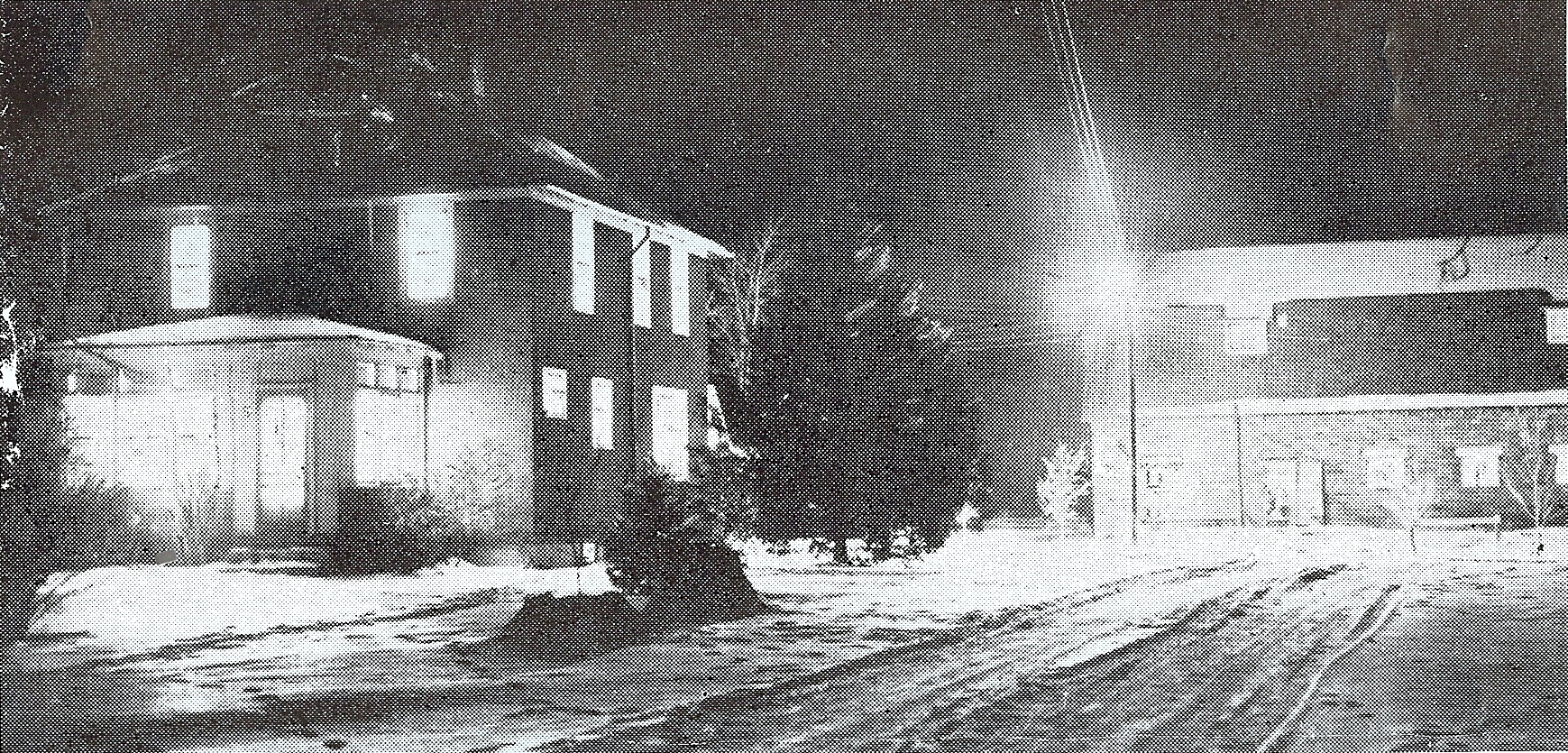
1930s
1936: President Franklin D. Roosevelt established the Rural Electrification Administration (REA) providing a way to electrify rural homes.
1937: Dakota County Electric Cooperative was founded by a group of farmers with the help of the REA.
1938: The first lights were turned on. (Photo 1)
1939: The first annual meeting was held at Farmington high school.
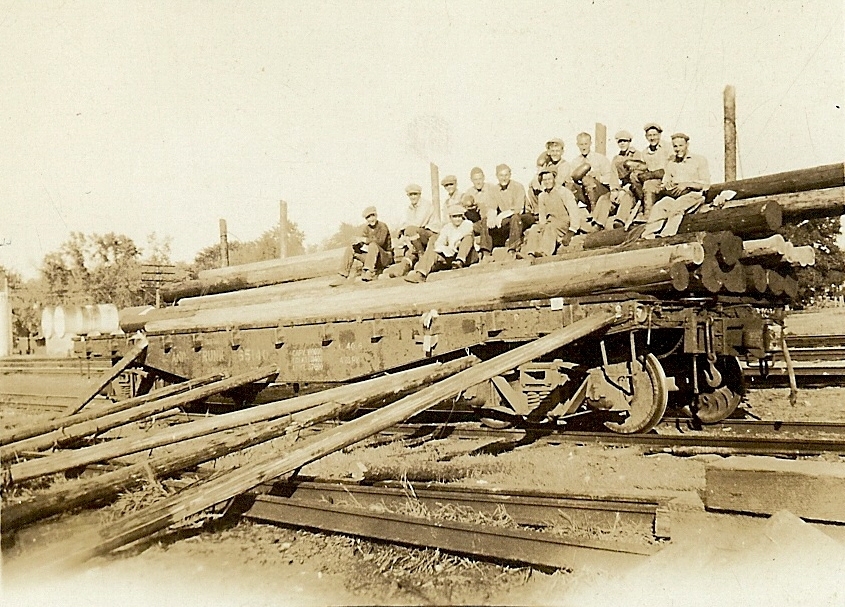
1940s
1940: Kilowatthour Booster, the first monthly newsletter was created.
1941: The co-op now had 1,100 members.
1944: German prisoners of war kept at the prison camp in Faribault were used to build lines at the new Byllesby substation. (Photo 2)
1947: The co-op now had 12 full-time employees.
1949: The last unserved farms within the service area were connected to the co-op’s lines.
1950s
1950: The co-op had 2,286 members and 15 full-time employees.
1956: Burnsville substation was built, becoming the sixth substation.
1959: A company was hired to perform tree trimming near power lines for the first time.
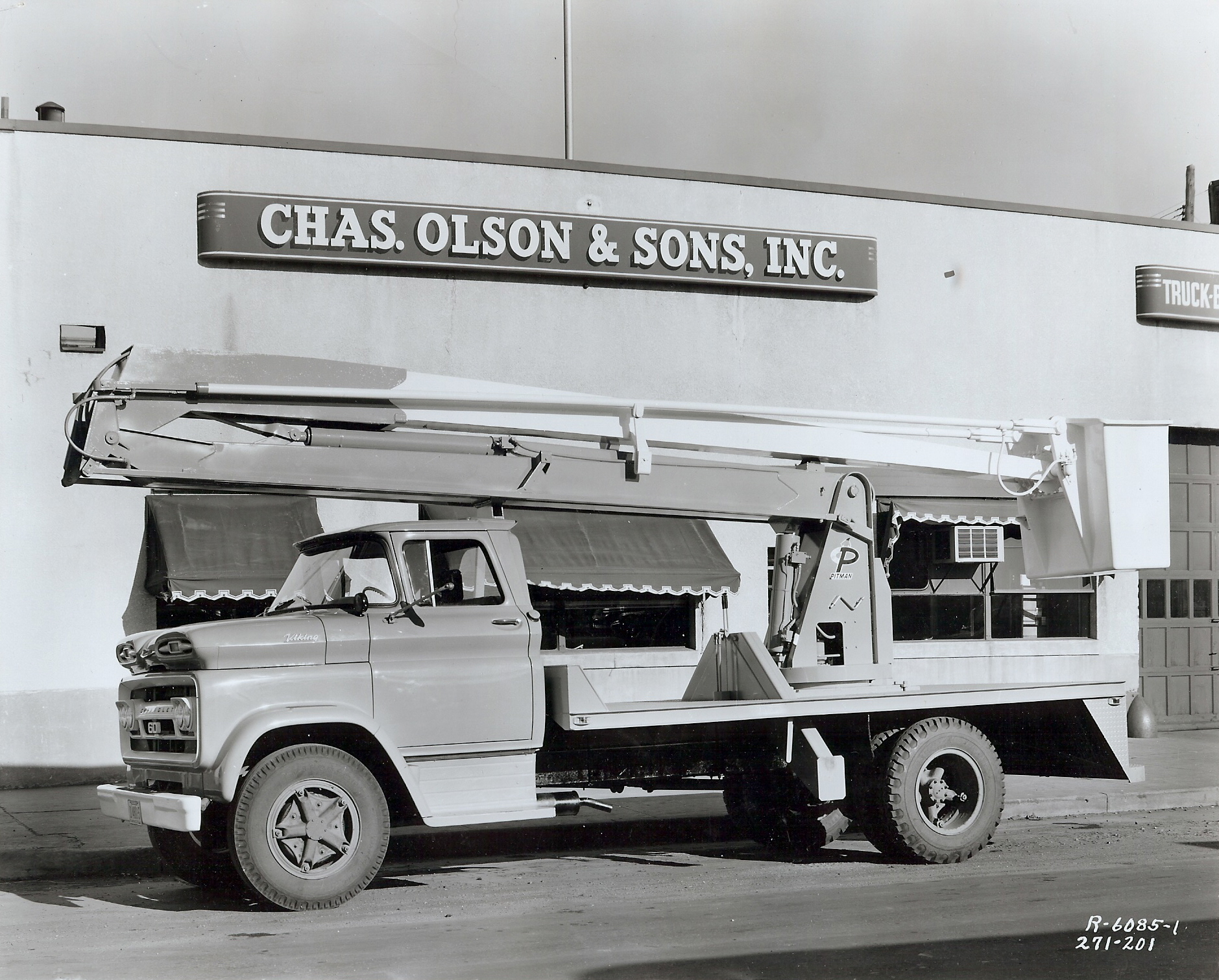
1960s
1961: The co-op purchased its first bucket truck. (Photo 3)
1962: The member newsletter, Circuits, was created.
1964: The board approved the first payout of capital credits to members and the member services department was created.
1968: First year the co-op sent a student to the NRECA Youth Tour in D.C.
1969: The co-op changed its name to Dakota Electric Association.
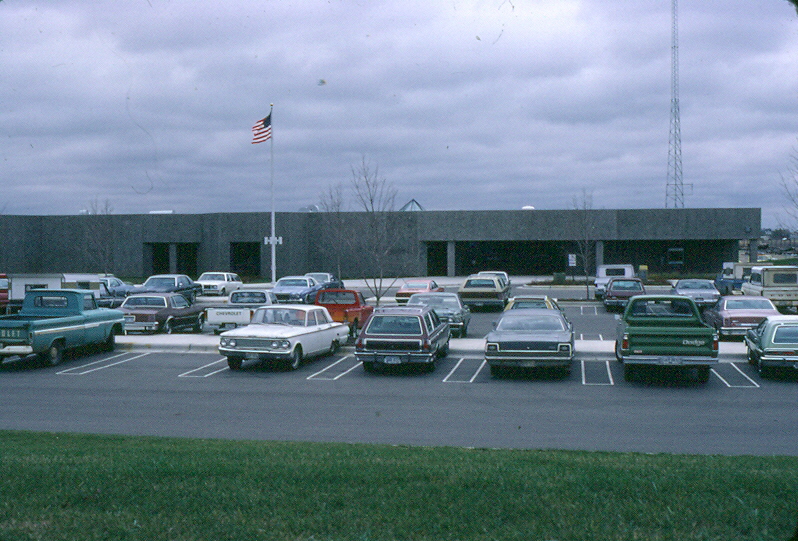
1970s
1970: The co-op had 12,712 members and 73 full-time employees.
1976: The co-op leased its first mainframe computer system.
1978: The co-op moved to its current headquarters location. (Photo 4)
1980s
1980: Members voted to have the co-op regulated by the Minnesota Public Utilities Commission (PUC) and the co-op has been regulated since.
1983: The co-op purchased its first personal computer.
1987: The co-op was now serving 50,000 members.
1988: The co-op began its Cycled Air Conditioning® program and purchased the geographical information system (GIS) that digitized maps.
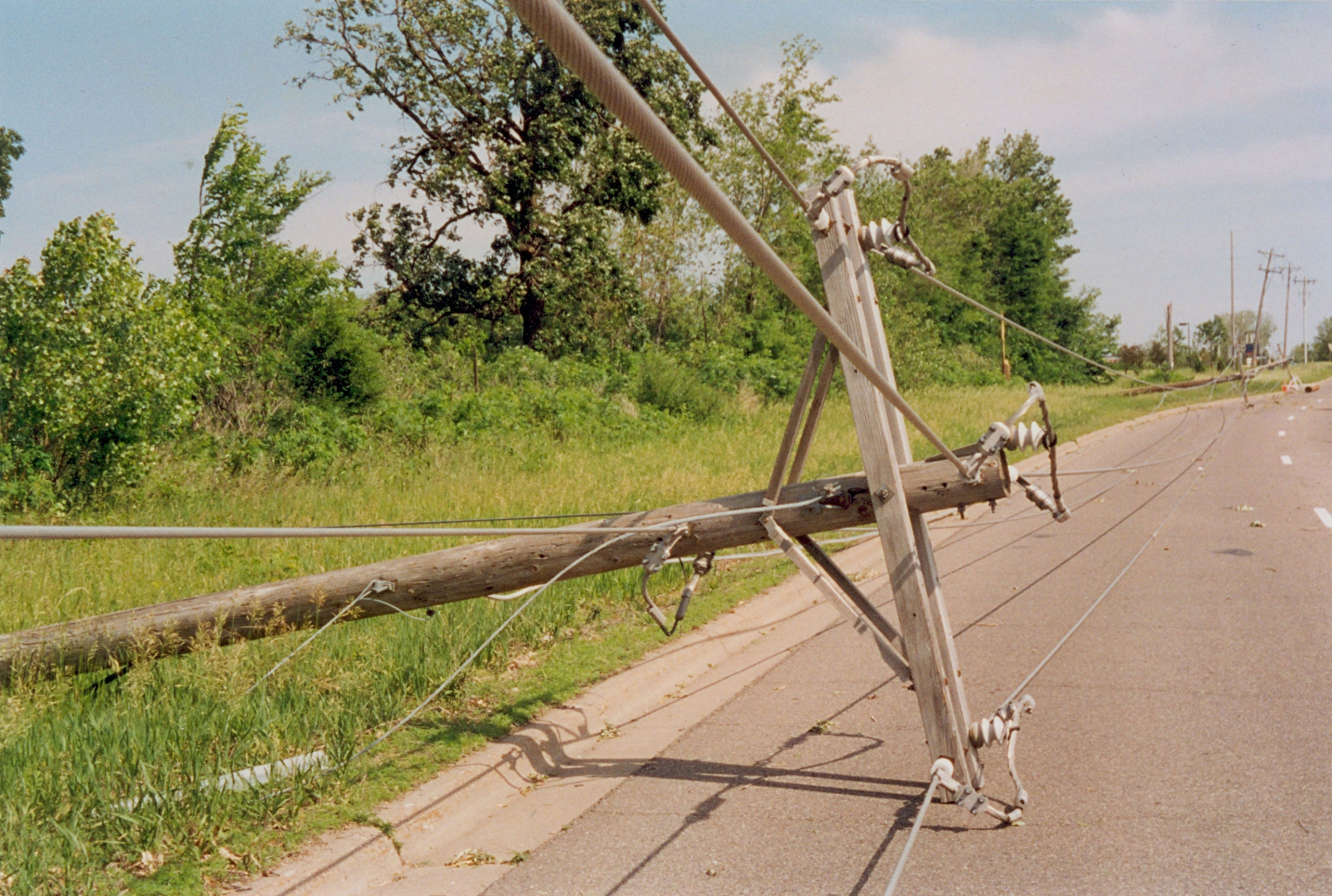
1990s - 2000s
1995: The co-op created the Helping Neighbors® trust to help struggling families pay their electric bills.
1998: A destructive wind and rain storm left roughly 75% of members without power and caused significant damage. (Photo 5)
2002: The co-op participated in its first GreenTouch event.
2007: The co-op added its first hybrid vehicle to its fleet.
2008: The co-op was now serving 100,000 members.
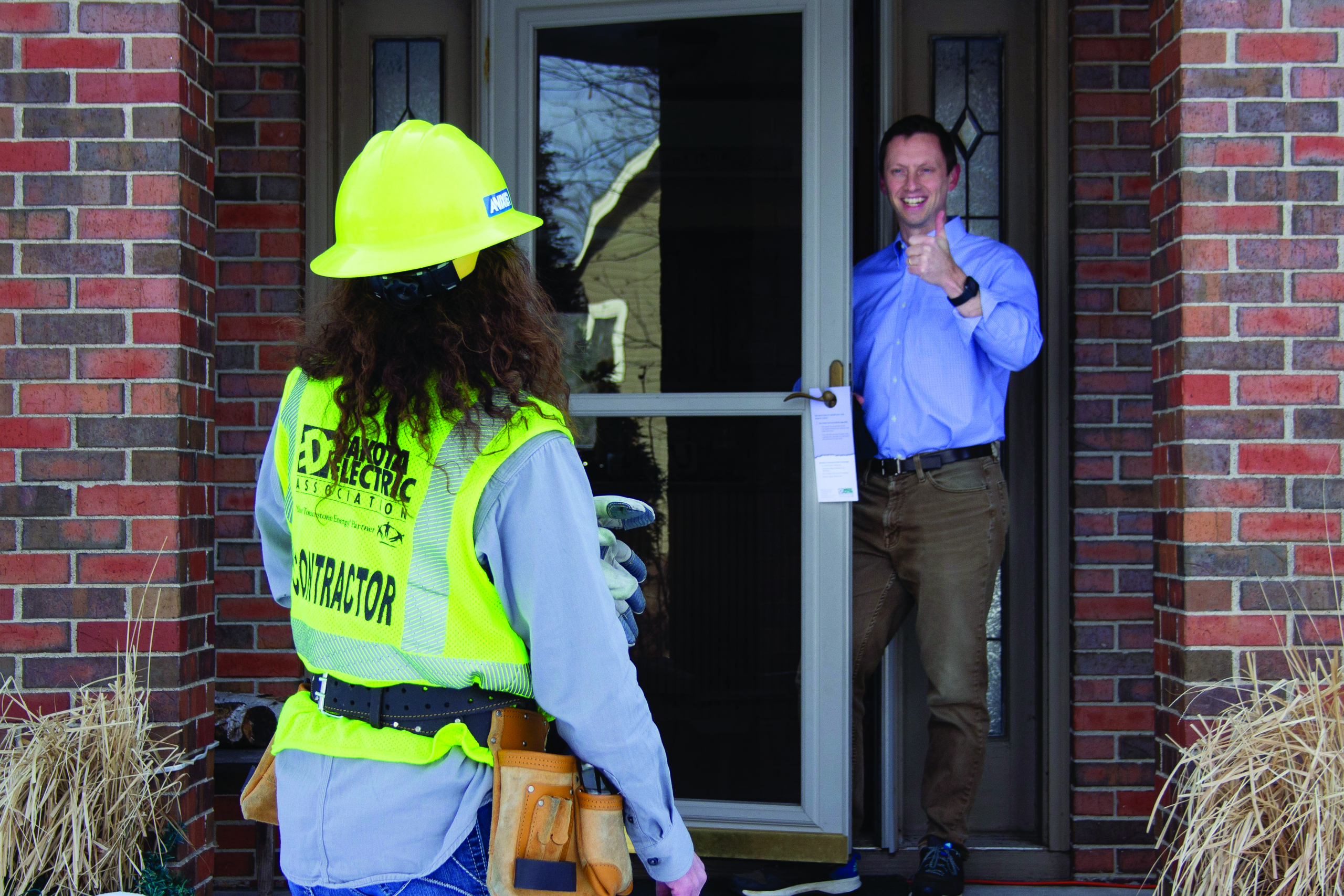
2010s - Present
2010: The first bilingual member services representative was hired.
2017: The co-op embarked on an advanced meter project. (Photo 6)
2021: A large storm hit leaving roughly 34,000 members without power.
2022: The co-op now has 112,000+ members and 189 employees.


